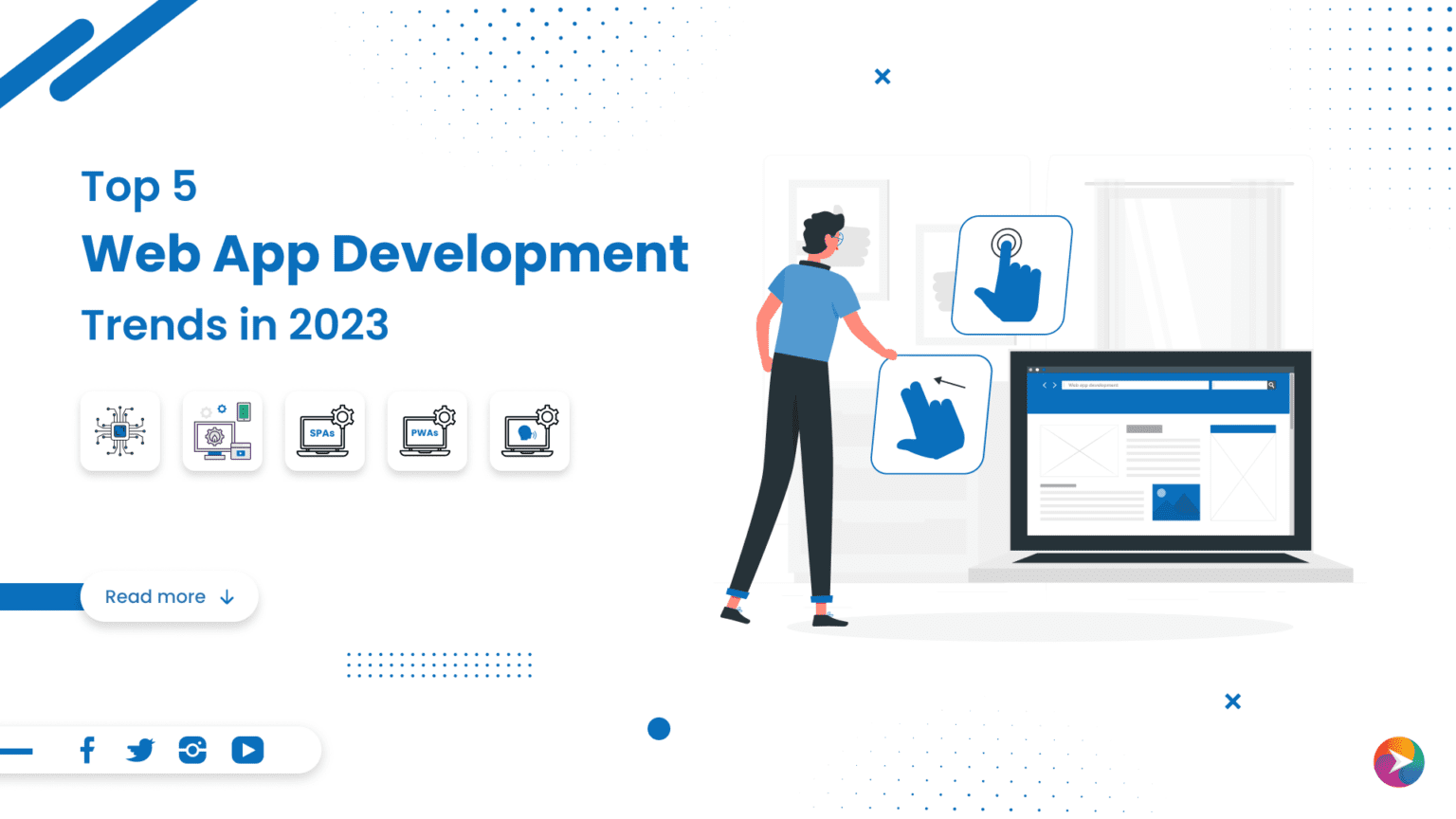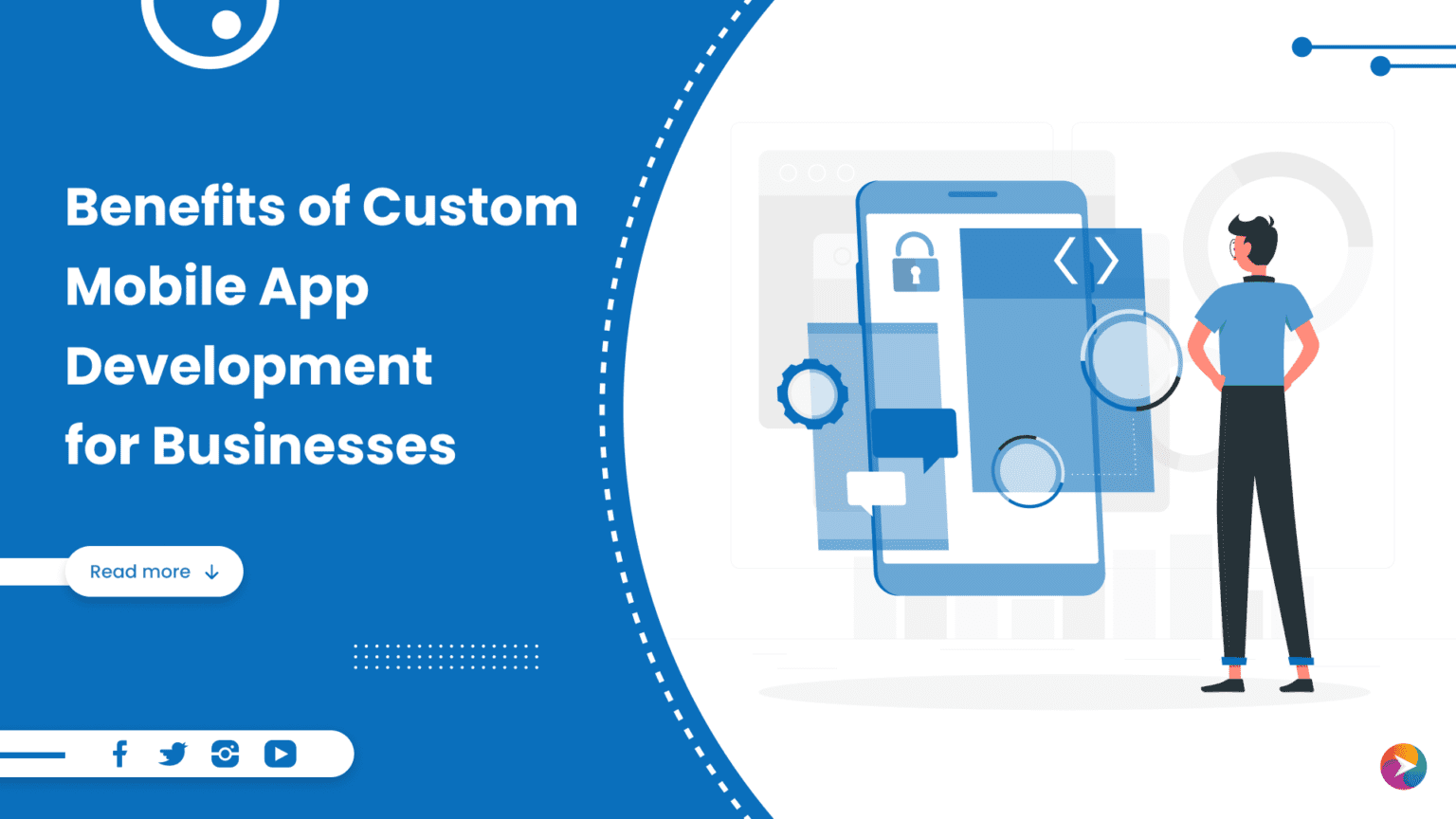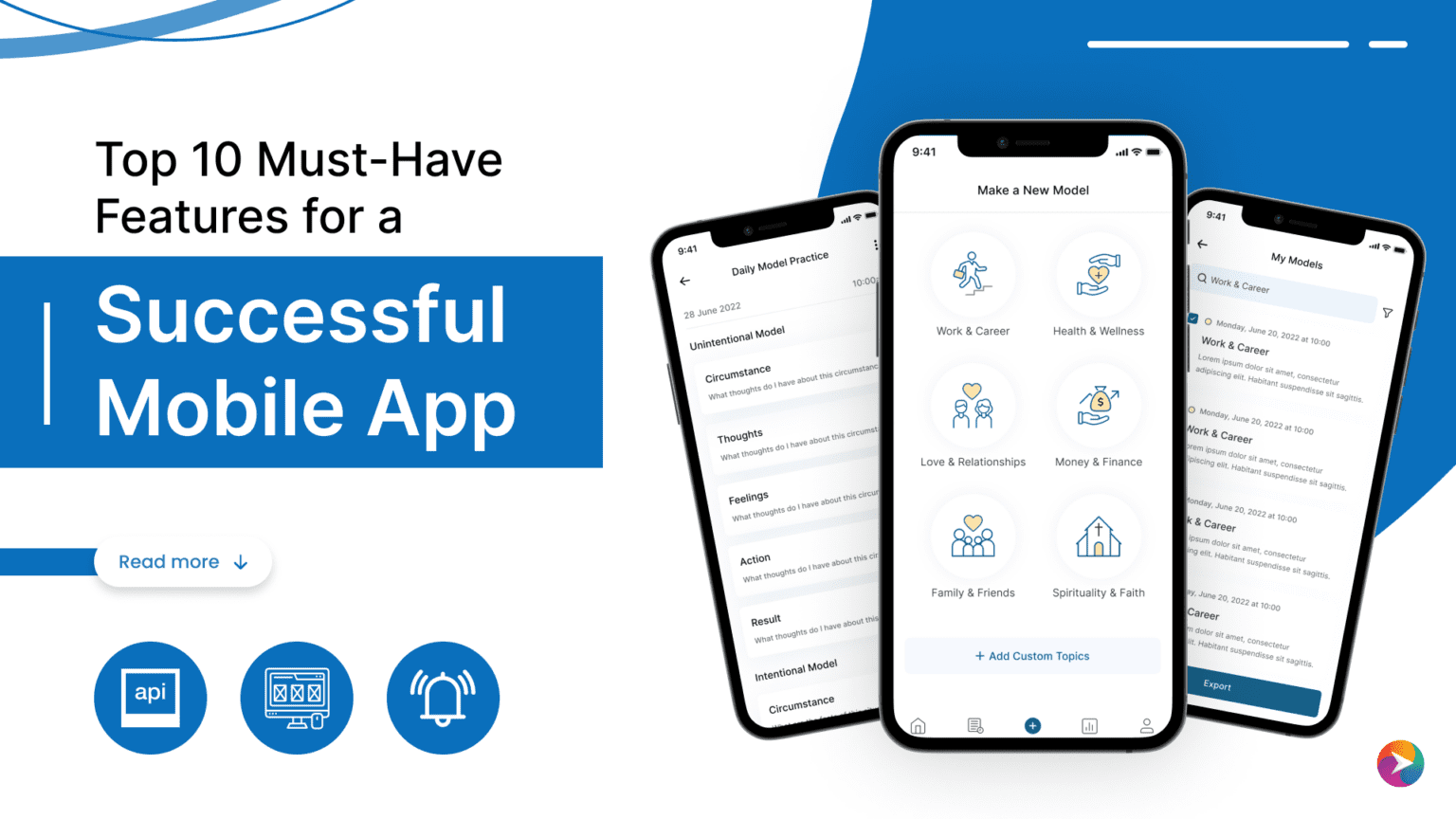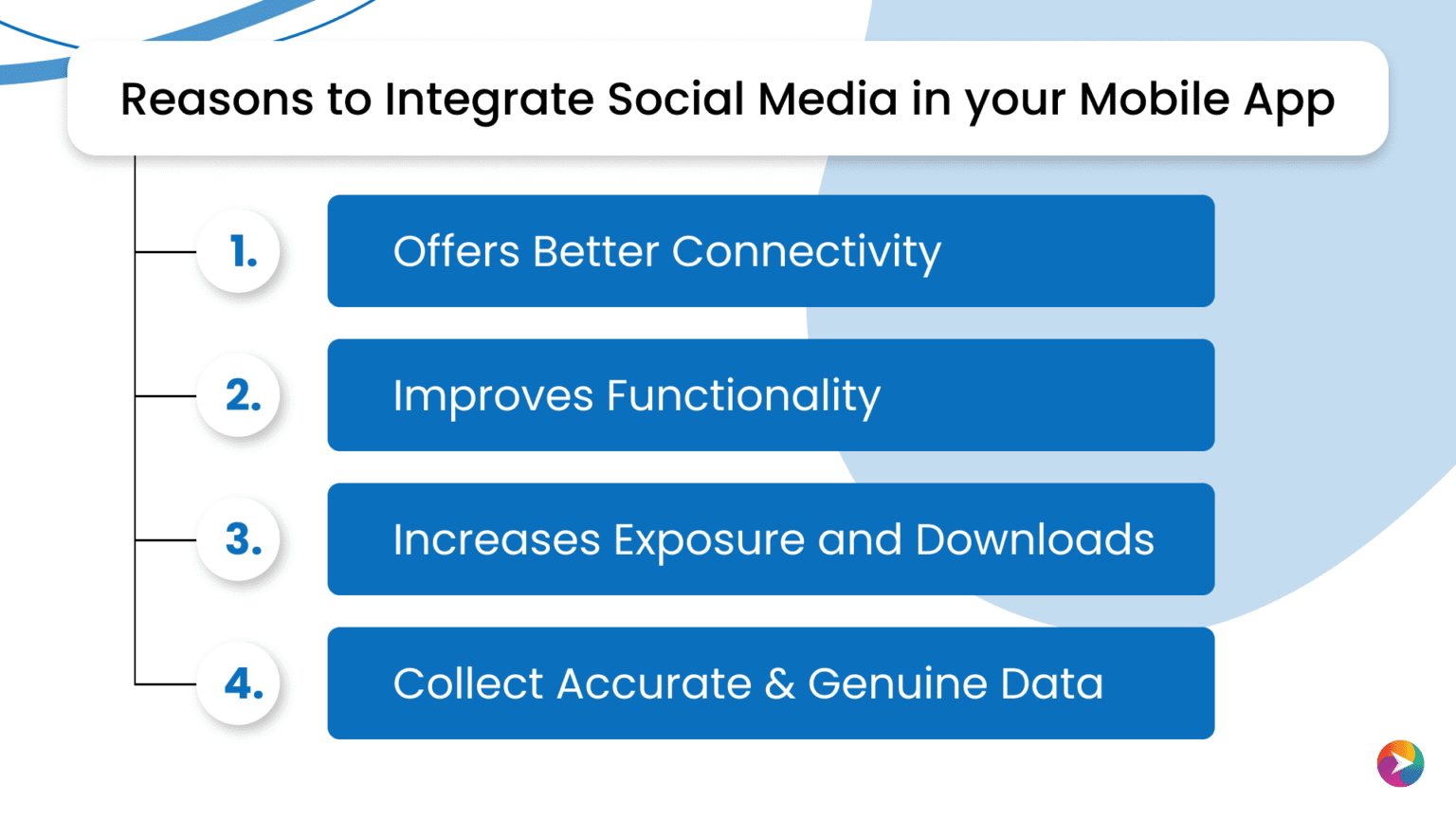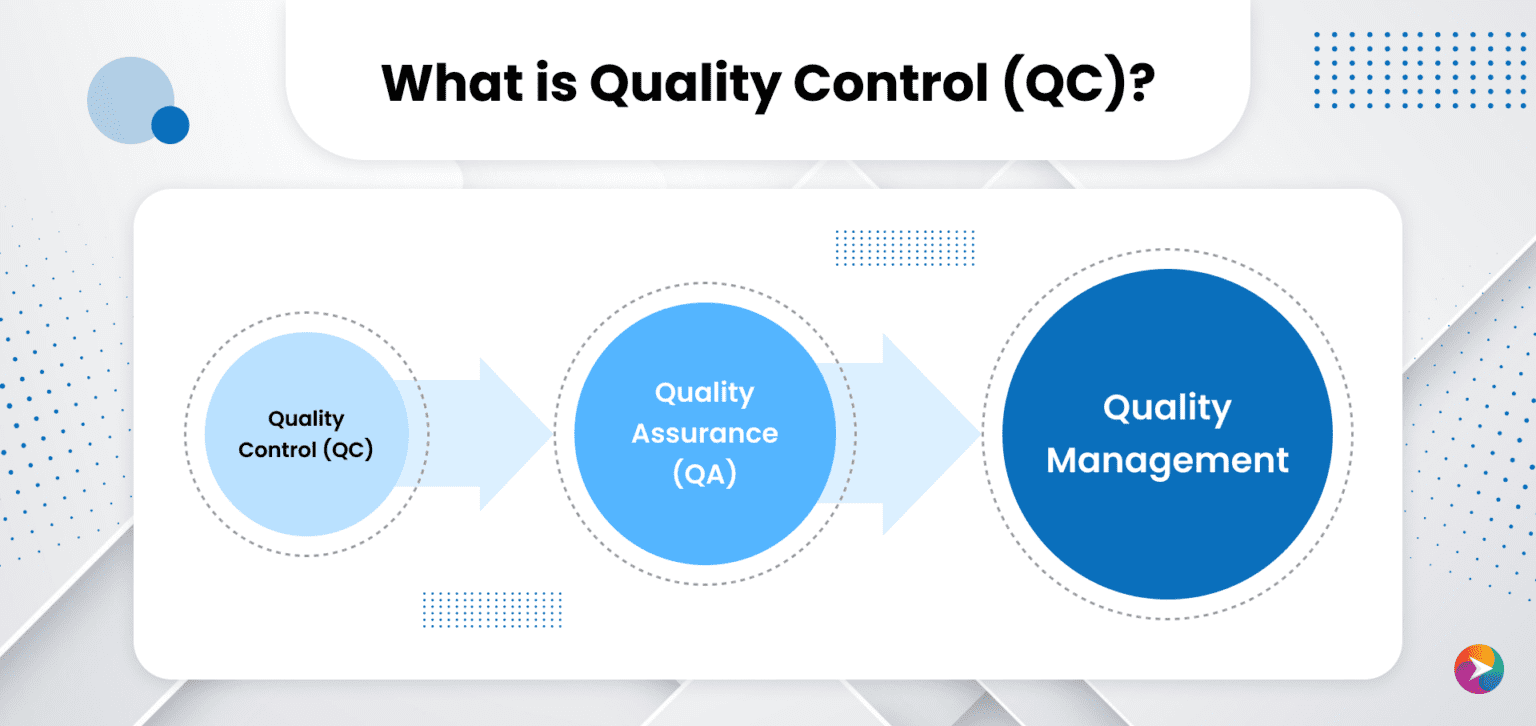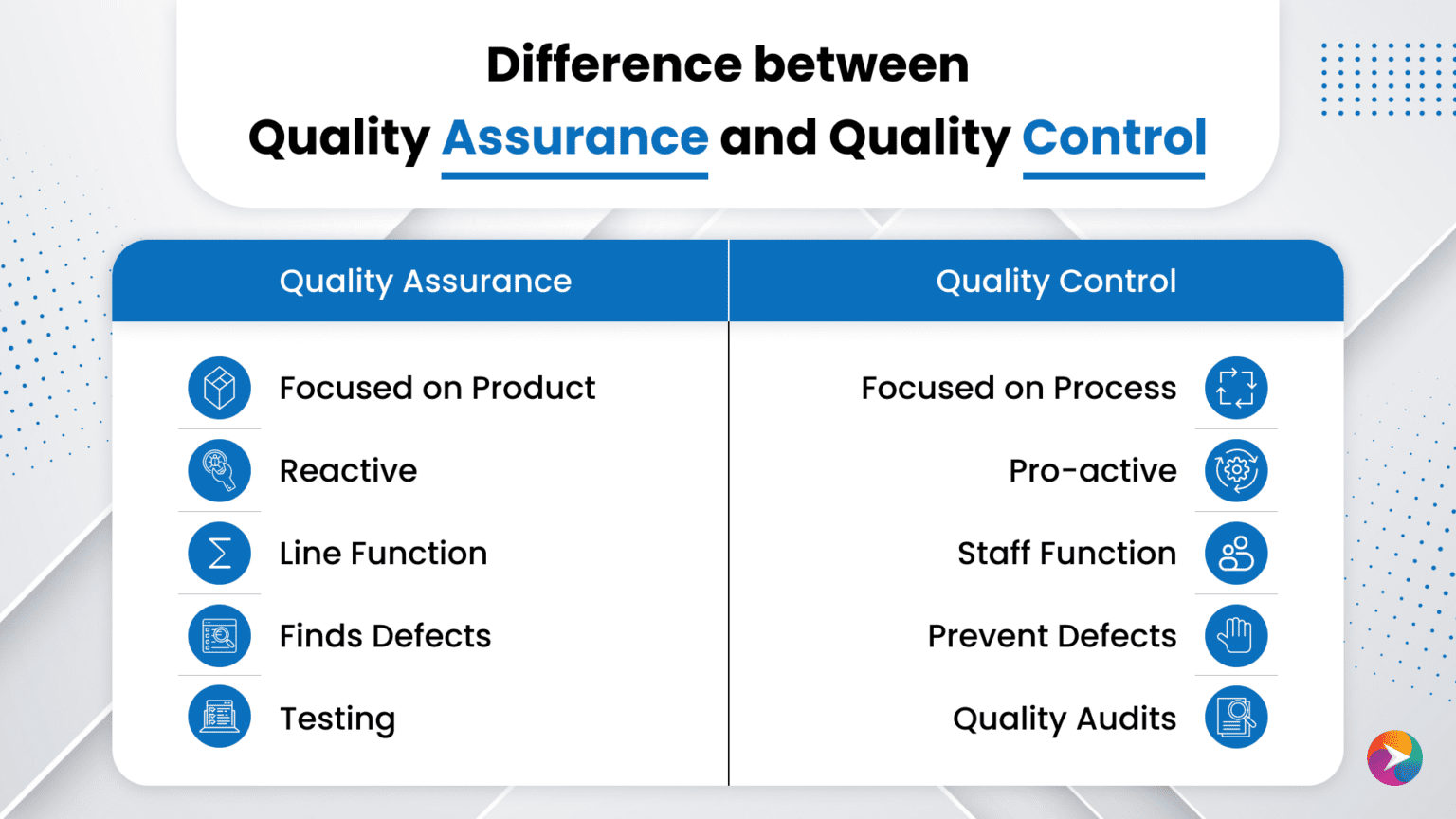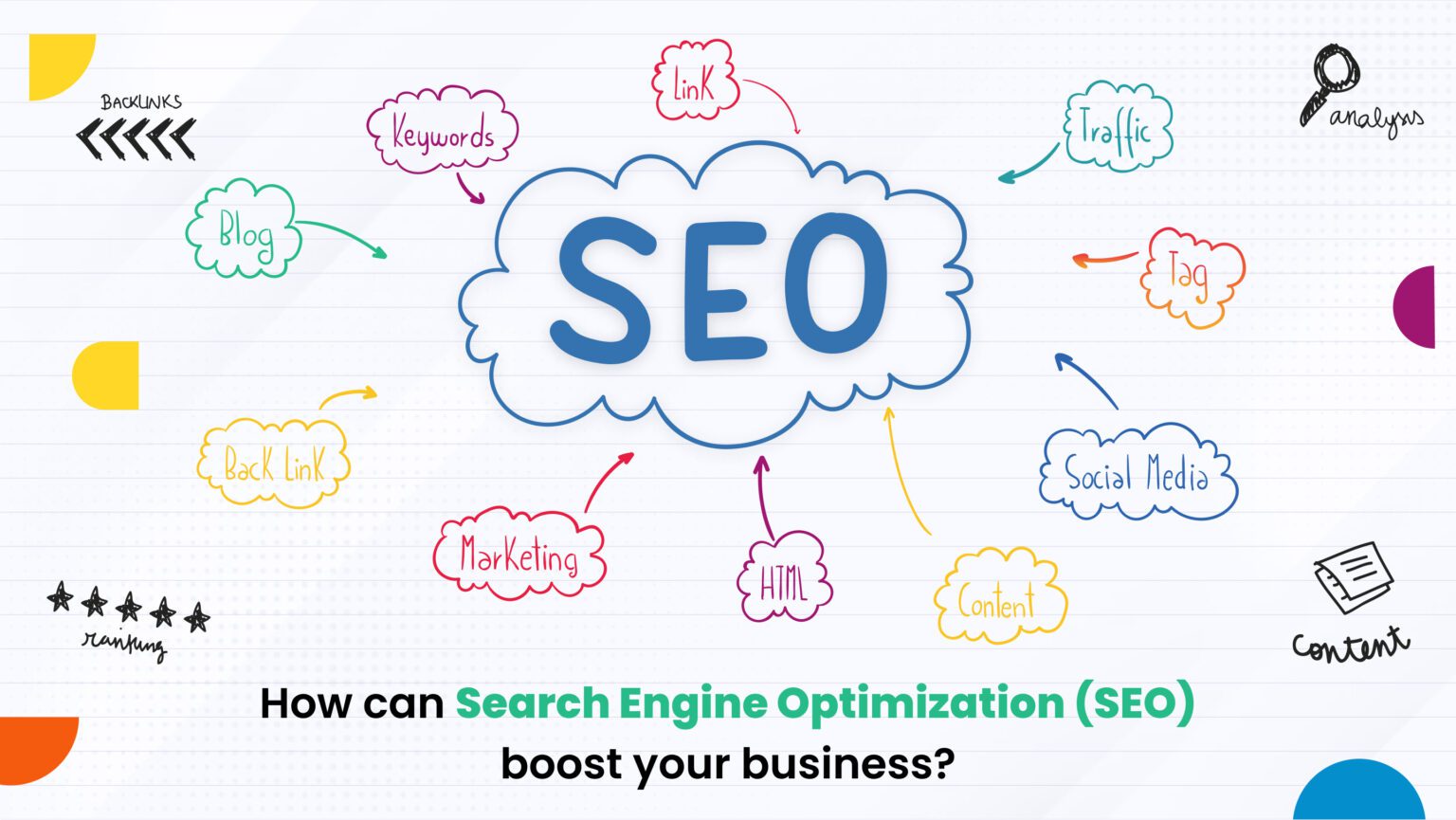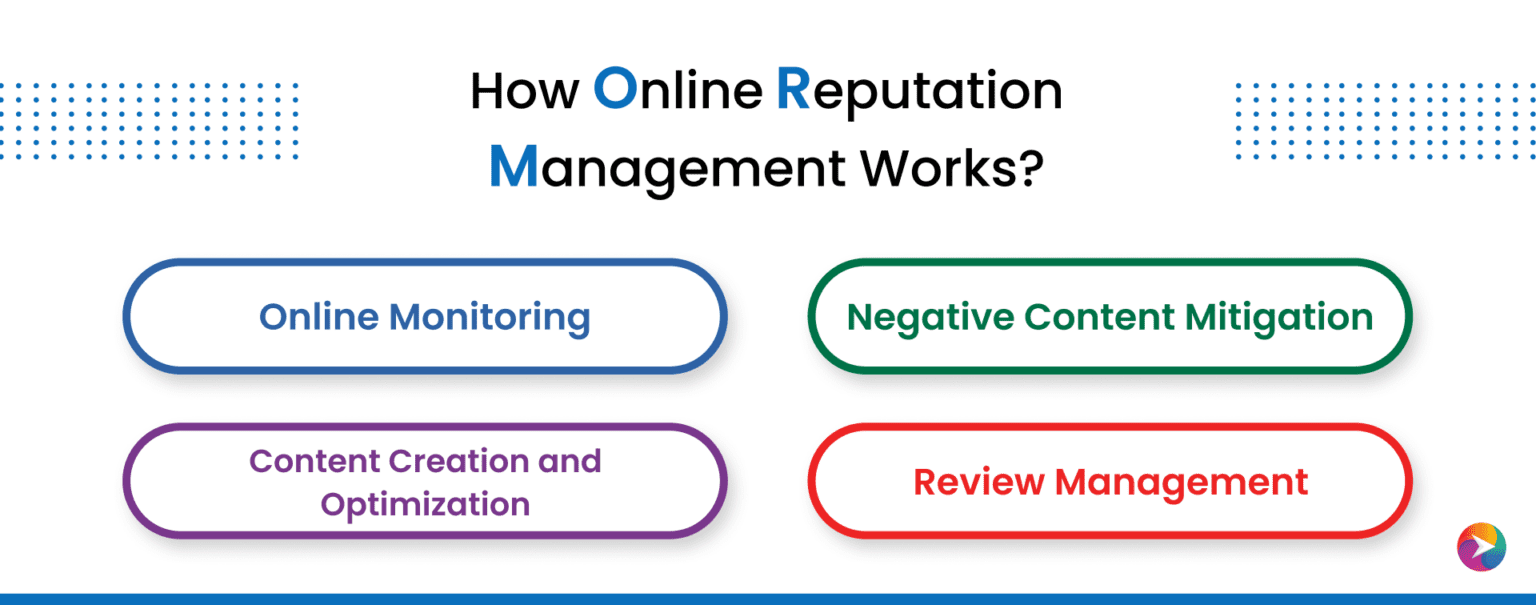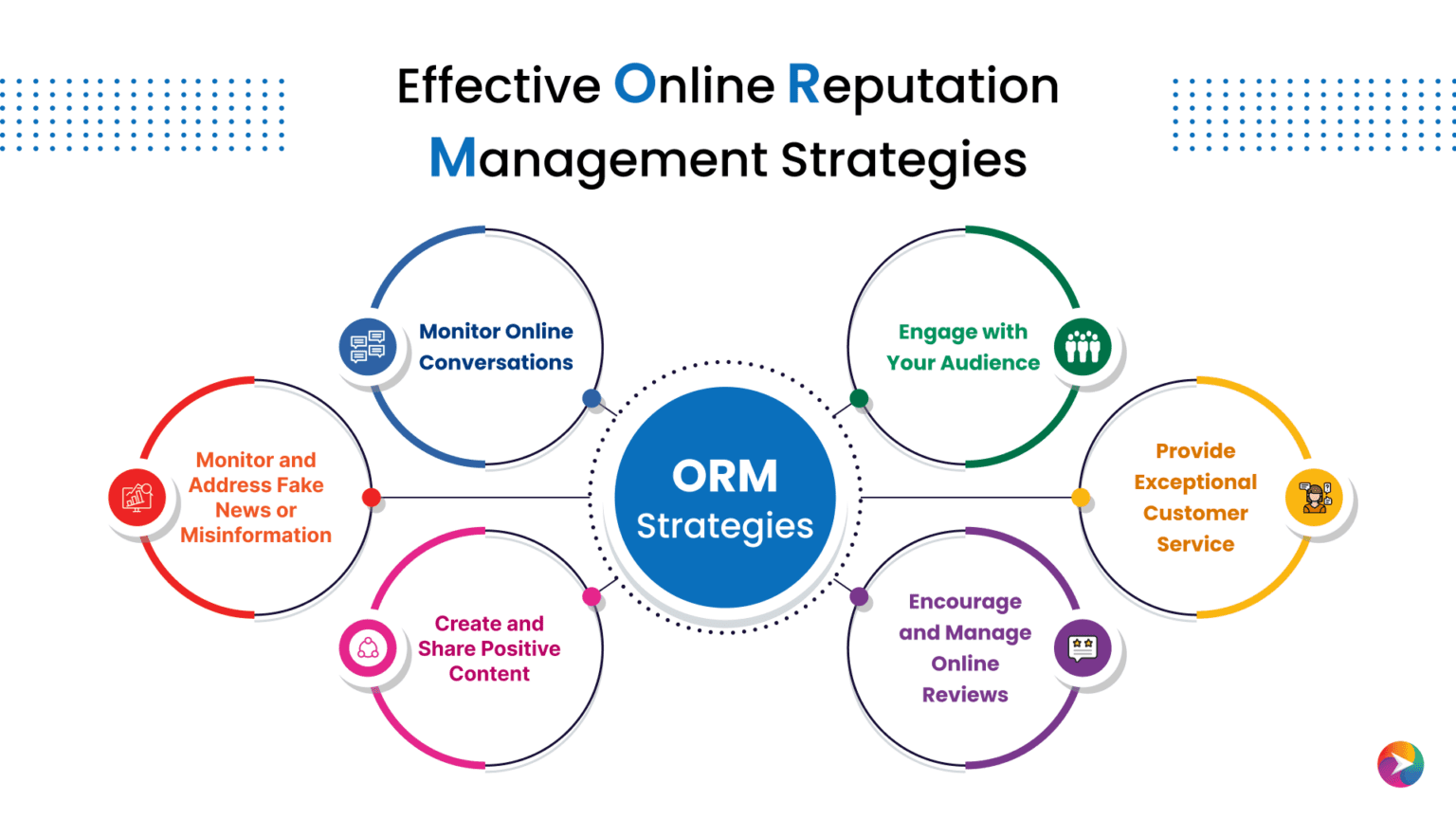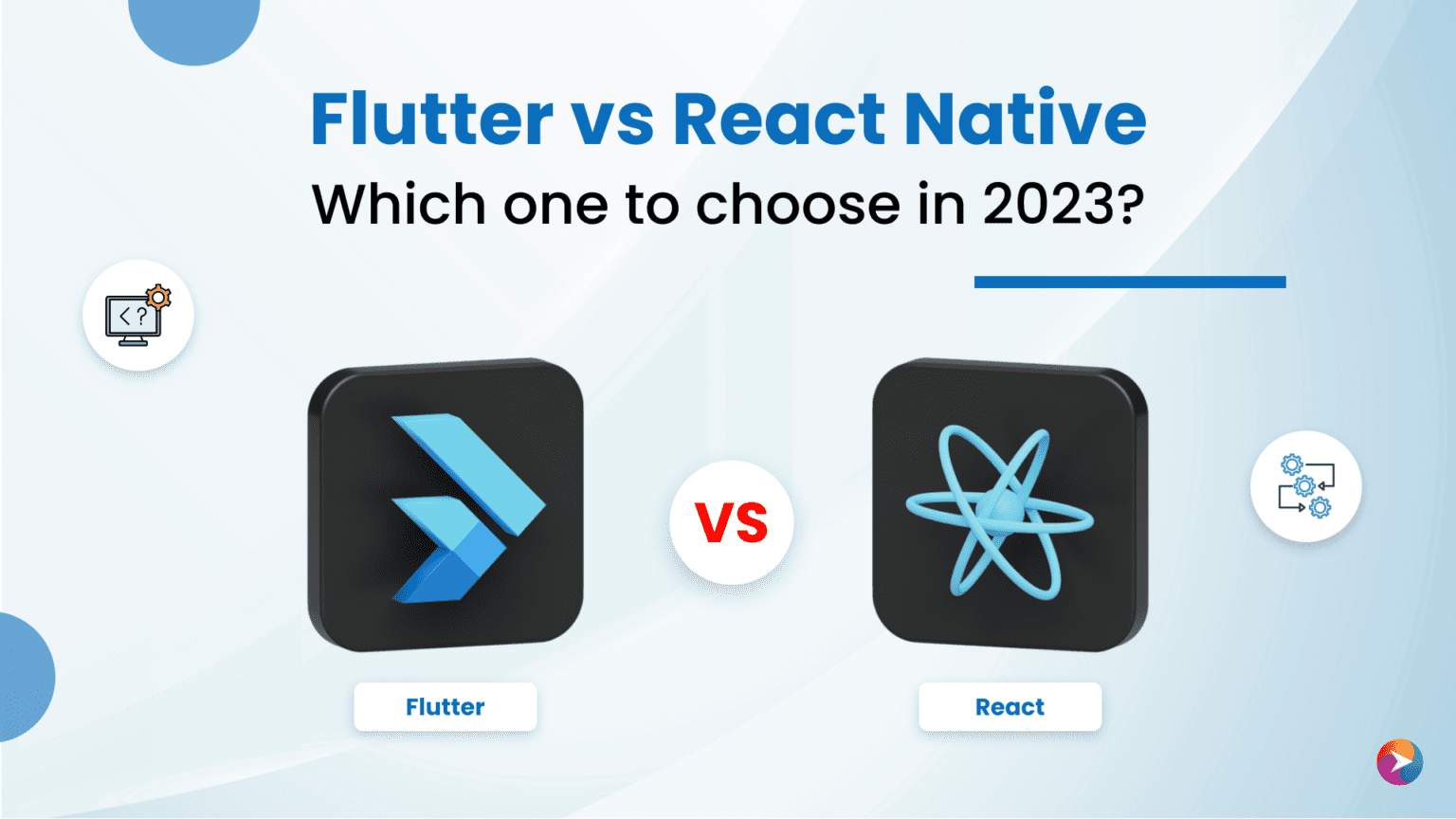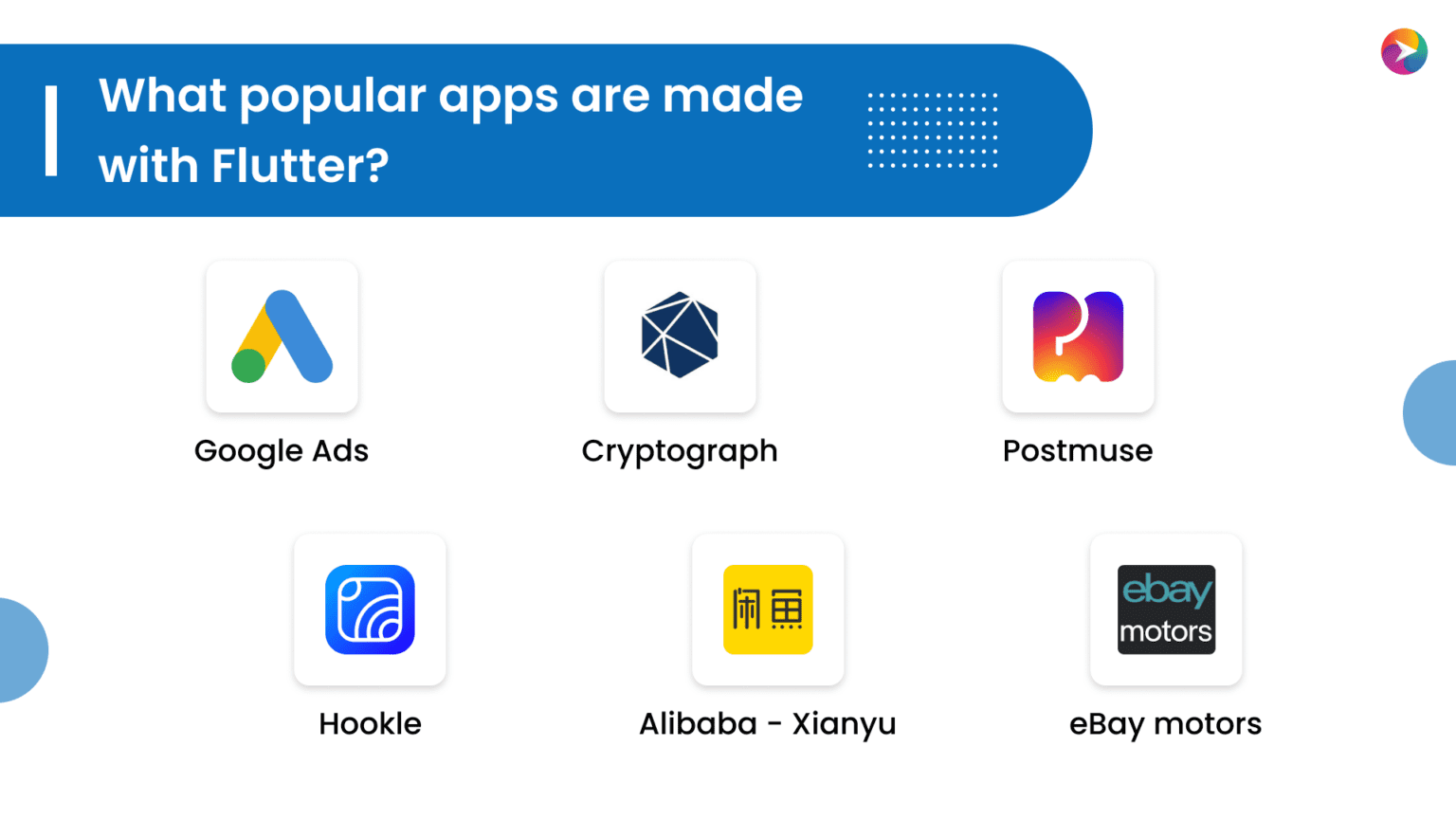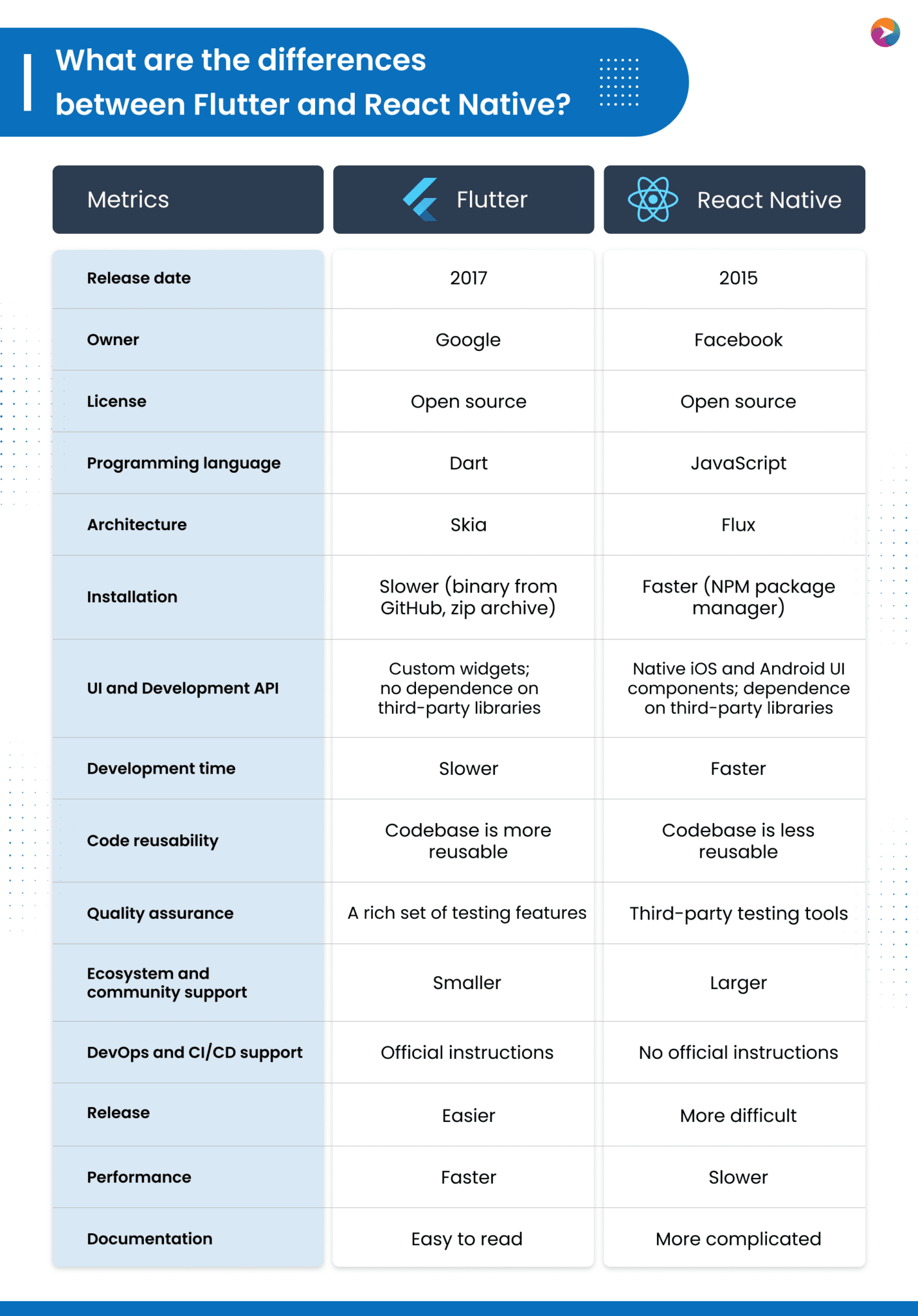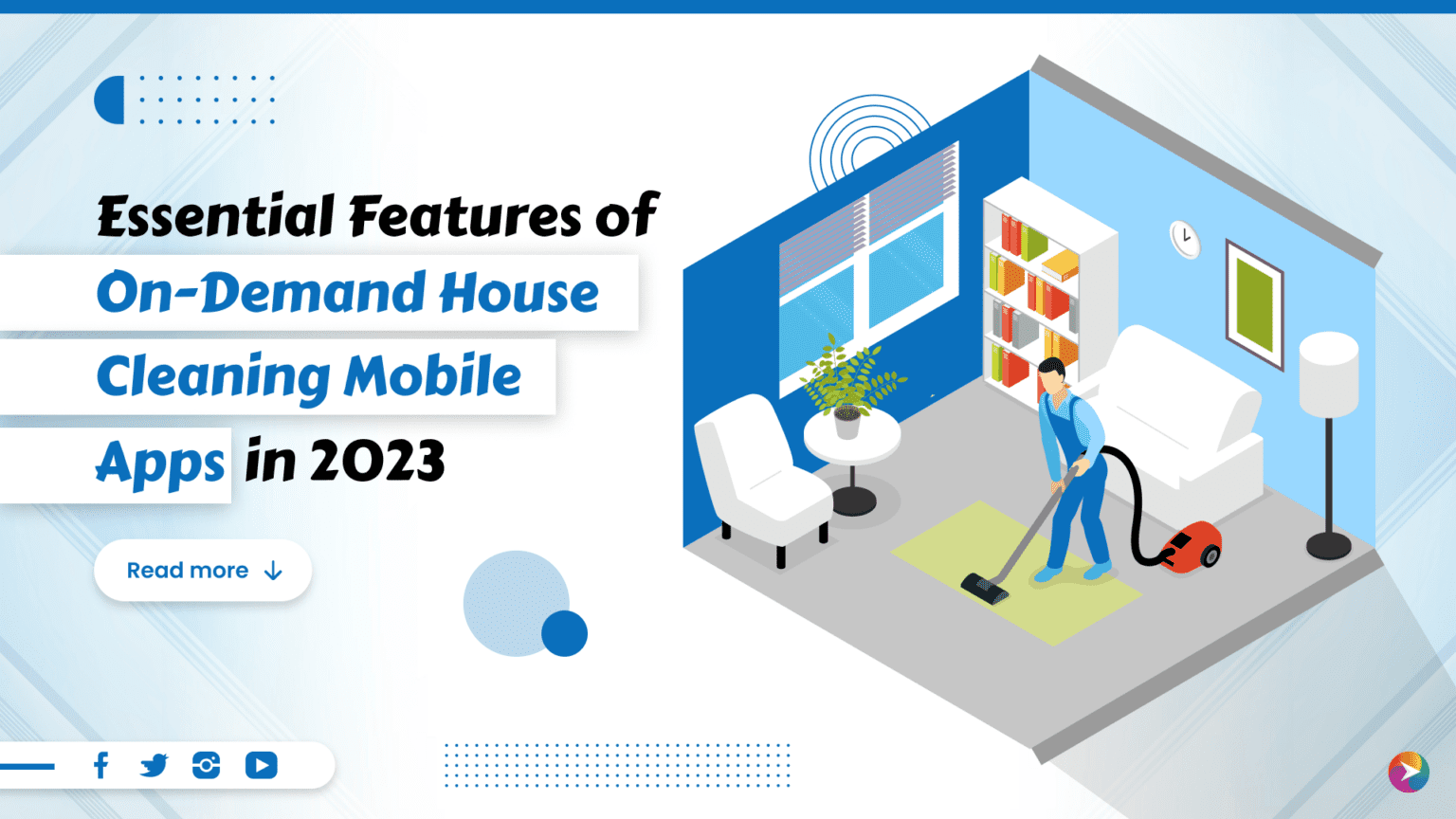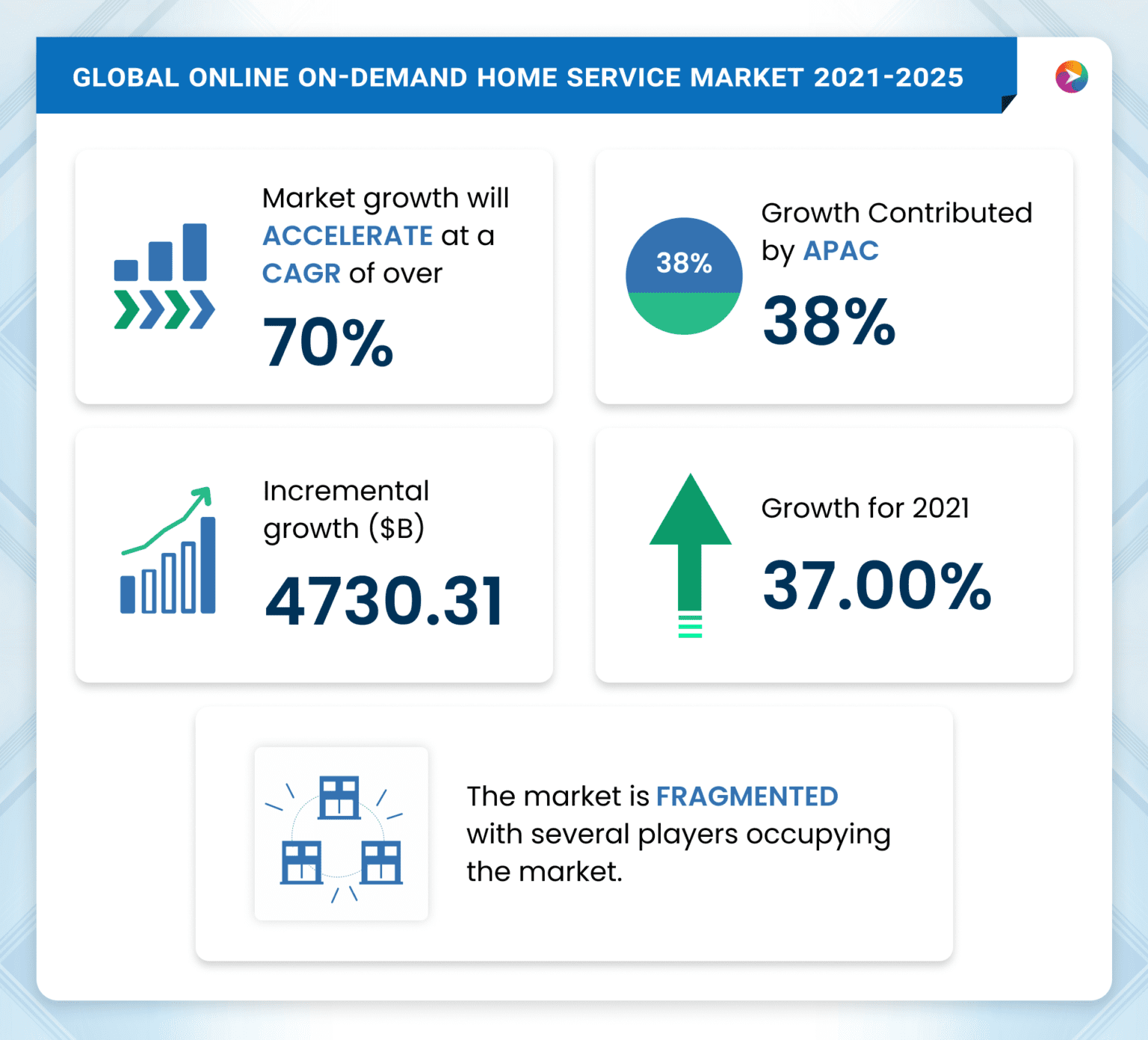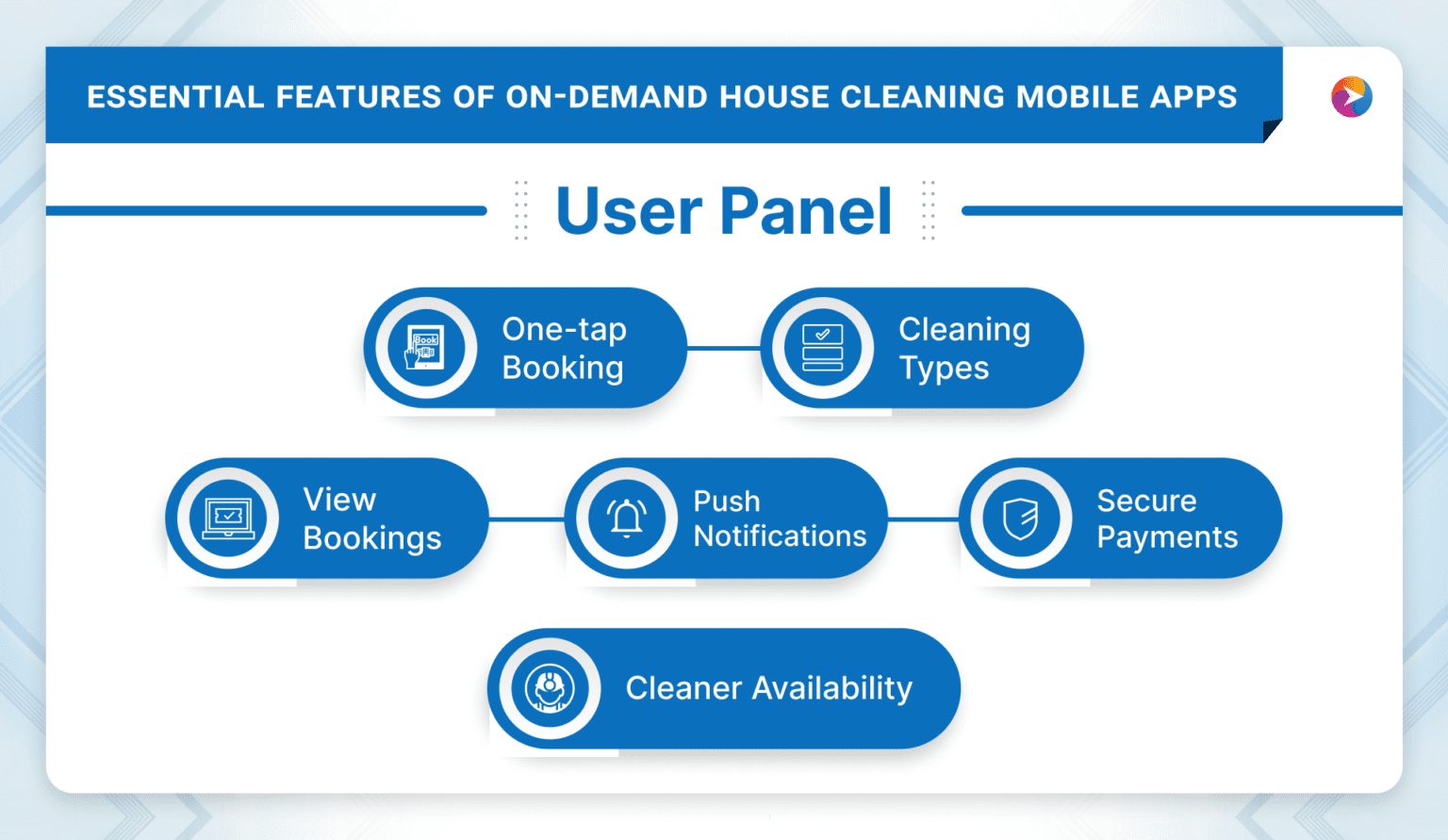 29/06/2023
29/06/2023 
Anand Kumar Mishra
4 Mins to Read
Table of content
In today’s digital age, web app development has become integral to businesses worldwide. As technology advances rapidly, web developers need to stay up-to-date with the latest trends to deliver innovative and user-friendly web applications.
In this blog, we will explore the top 5 web app development trends in 2023 that are shaping the industry. From progressive web apps to emerging technologies, these trends are revolutionizing the way web applications are built and experienced.
From progressive web apps to cutting-edge frameworks and emerging design patterns, these trends revolutionize how web applications are built and experienced. So, let’s dive in and discover the exciting possibilities for web app development in the year ahead.
1. Artificial Intelligence and Machine Learning Integration
Artificial Intelligence (AI) and Machine Learning (ML) technologies are transforming various industries, and web app development is no exception. In 2023, we expect to see a surge in AI and ML integration within web applications.
These technologies enhance user experiences by enabling personalized recommendations, intelligent chatbots, voice recognition, and predictive analytics. AI and ML algorithms can analyze vast amounts of data, extract valuable insights, and automate processes, ultimately improving business efficiency and decision-making.
2. Low-Code Development Platforms
The demand for web applications is growing rapidly, and so is the need for faster development cycles. Low-code development platforms address this requirement by allowing developers to build applications with minimal coding.
These platforms provide pre-built modules, drag-and-drop interfaces, and visual development tools that accelerate the development process. In 2023, low-code development platforms are expected to gain more traction, enabling businesses to create web apps swiftly while reducing the reliance on traditional coding practices.
3. Single-Page Applications (SPAs)
Single-Page Applications have been around for some time, but they remain a prominent trend in web app development. SPAs offer seamless navigation and enhanced user experiences by loading the entire application on a single page. They eliminate the need for page refreshes, resulting in faster load times and a more interactive user interface.
SPAs are built using frameworks like Angular, React, and Vue.js, which provide robust client-side rendering capabilities. As web applications become more complex, SPAs will remain popular in 2023 due to their ability to deliver dynamic and responsive user experiences.
4. Progressive Web Apps (PWAs)
Progressive Web Apps have gained immense popularity recently and are expected to continue their upward trajectory in 2023. PWAs combine the best features of web and mobile applications, providing users with an app-like experience directly from their browsers. They offer offline capabilities, push notifications, and faster loading speeds, making them highly accessible and engaging.
With PWAs, businesses can reach a broader audience, improve user retention, and increase conversions. Their cross-platform compatibility also reduces development costs and maintenance efforts.
5. Voice-Enabled Web Applications
With the rise of virtual assistants and smart speakers, voice-enabled technologies are gaining momentum. In 2023, we expect to see an increase in voice-enabled web applications offering hands-free interactions. Integrating voice recognition capabilities into web apps allows users to perform tasks, access information, and navigate interfaces using voice commands.
Voice-enabled web apps can improve accessibility, convenience, and engagement, especially for users on the go or those with limited mobility.
Conclusion
Web app development is evolving rapidly, and staying updated with the latest trends is crucial for developers and businesses alike. In 2023, progressive web apps, artificial intelligence and machine learning integration, low-code development platforms, single-page applications, and voice-enabled web applications will dominate the industry. By leveraging these trends, businesses can create user-friendly, innovative, and competitive web applications that enhance customer experiences and drive growth. Embracing these trends will ensure that web developers are well-equipped to meet the evolving demands of the digital landscape in the coming year.

 Mobile Apps
Mobile Apps Web Apps
Web Apps Blockchain
Blockchain Digital Marketing
Digital Marketing Others
Others